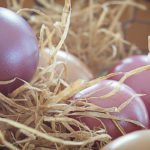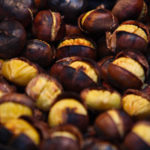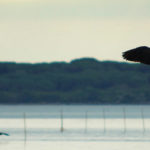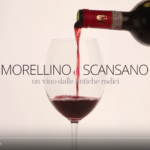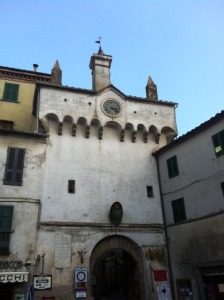 From time to time, we enjoy telling you about the beauties in our area, both with regards to archaeology, landscape and architecture. Today we will tell you the story of Scansano’s Porta Grossetana, which you can find at the entrance of the historic centre of town, entering from Piazza Garibaldi.
From time to time, we enjoy telling you about the beauties in our area, both with regards to archaeology, landscape and architecture. Today we will tell you the story of Scansano’s Porta Grossetana, which you can find at the entrance of the historic centre of town, entering from Piazza Garibaldi.
As many villages in Maremma, Scansano also enjoyed an important period during the Middle Ages when, in particular, the area was owned by the Santa Fiora branch of the Aldobrandeschi family and the villages were transformed into castles. At the time, indeed, the rivalries and the allegiance forced the family who owned the area to convert the villages on top of the hills into fortresses, surrounding it with protecting walls and towers that would allow to protect them from any possible attack on behalf of the enemies.
Indeed it was the Aldobrandeschi who had these walls built around the village, between the 12th and 13th century. As in the case of Montorgiali’s castle, as the years and the centuries went by, these walls underwent numerous changes (in fact, this began to happen as soon as in the Renaissance, in the 16th century), with the addition of towers and, in the case of Scansano, with the reconstruction of the entrance to the village.
While on one hand today the walls of the village have largely been incorporated into the external walls of some buildings, the entrance door to the historic centre of the village, on the West side, called Porta Grossetana because it led to Grosseto, is still very well recognizable and enjoys excellent conditions, still covered in white travertino marble as in the Renaissance. People would then enter the village through the round arch that still exist while on top of the tower, in the 16th century, a clock was added. In particular, the archetti pensili are worth mentioning. These blind arches (they do not lead to anything) had a purely decorative use and they were particularly common in the Romanic architecture across Europe.
For Scansano, the Porta G rossetana certainly represents one of the most important emblems and this also applies to us. Try to look at the top of this page: can you notice a similarity with the door that is depicted next to the little man with the typical basket?
rossetana certainly represents one of the most important emblems and this also applies to us. Try to look at the top of this page: can you notice a similarity with the door that is depicted next to the little man with the typical basket?
